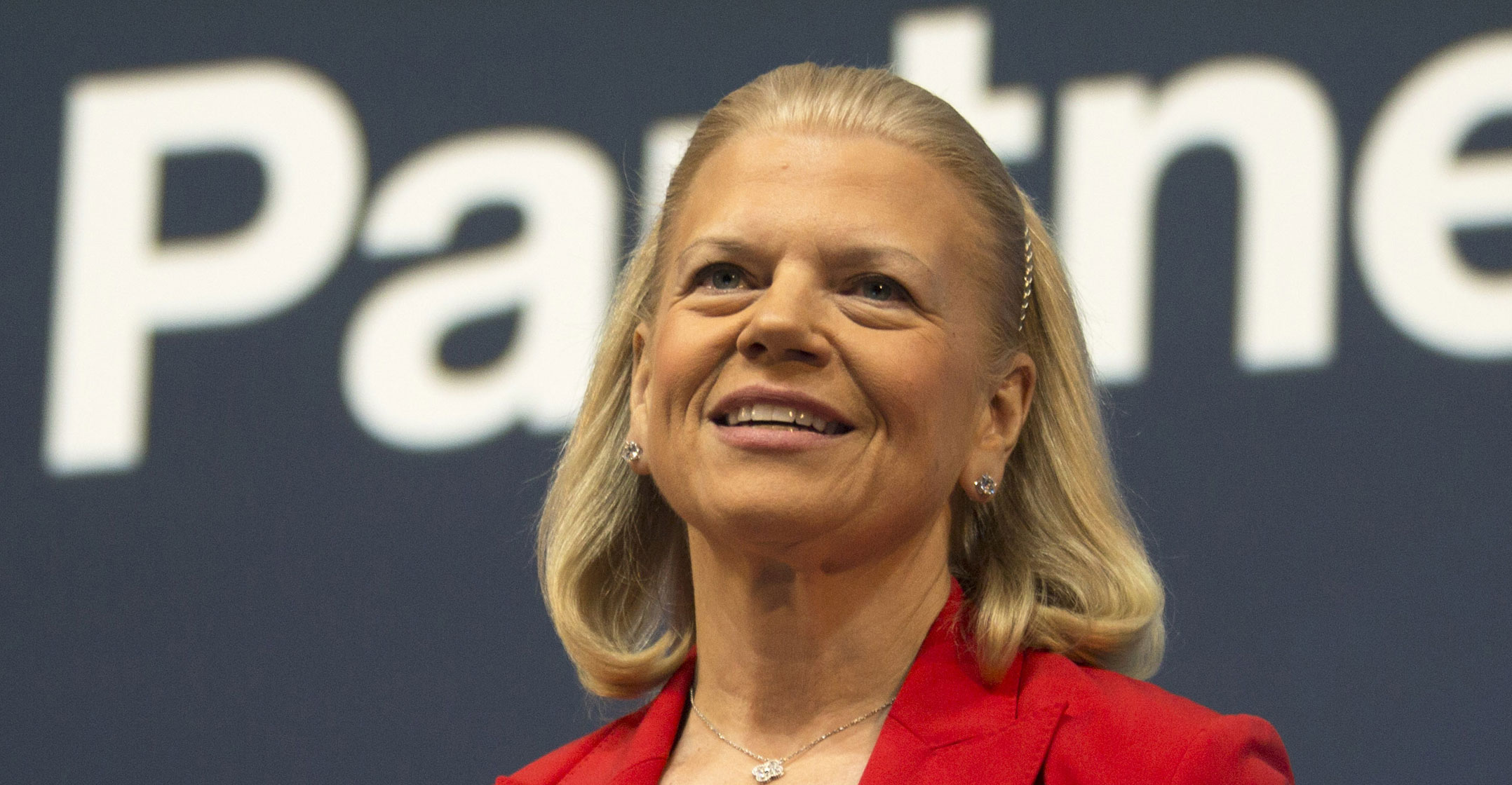
IBM closed its US$34-billion purchase of Red Hat, sealing the world’s second largest technology deal ever and setting up the iconic US technology company on a path to try and compete with top software purveyors in the cloud.
The 108-year-old IBM, once synonymous with mainframe computing, has been struggling to adopt cloud-related technologies and is playing catch-up to market leaders Amazon.com and Microsoft in offering computing and other software and services over the Internet.
For CEO Ginni Rometty, who has staked her legacy on the deal designed to save the company from irrelevancy, it is a defining moment.
“This is about hybrid cloud — it is the future, it is the destination of the cloud,” Rometty said in an interview. “This market is a trillion dollars, it’s emerging and it’s very interesting to me that since our announcement now you hear everybody else talking about it, too.”
IBM paid $190/share for Red Hat in cash, for a total equity value of about $34-billion, the company said in a statement on Tuesday. The deal was announced in October.
IBM’s cloud revenue has grown to 25% of total revenue now, from 4% in 2013, the Armonk, New York-based company said. In the 12 months through to the first quarter of this year, IBM cloud revenue grew to more than $19-billion. The Red Hat acquisition is expected to contribute about two points of compound annual revenue growth to IBM over a five-year period, the company said.
Doubts
The deal was seen as an acknowledgment that IBM’s current cloud strategy isn’t working. Some analysts doubt even Red Hat will save it. Red Hat will improve IBM profit margins, and gets the company further into an emerging part of the business known as hybrid cloud. But the deal won’t make IBM a dominant player in the public cloud — the lucrative business of running software over the Internet in remote data centres rather than on a company’s own computers, one analyst said at the time of the purchase.
Red Hat’s open hybrid cloud technologies will be matched with IBM’s industry expertise and sales teams in more than 175 countries, IBM said Tuesday. The combined group will be able to offer a “next-generation hybrid multi-cloud platform”, based on open-source technologies such as Linux and Kubernetes. The platform will allow companies to run and manage their data and applications both on-site and on private and multiple public clouds.
 IBM mostly missed the public-cloud revolution under Rometty’s predecessor, Sam Palmisano, who dismissed Amazon’s strategy of spending heavily on massive data centres to handle other companies’ computing tasks. Rometty tried to break into the market with the $2-billion acquisition of SoftLayer Technologies in 2013, but by then Amazon, Microsoft and even Google already had a head start.
IBM mostly missed the public-cloud revolution under Rometty’s predecessor, Sam Palmisano, who dismissed Amazon’s strategy of spending heavily on massive data centres to handle other companies’ computing tasks. Rometty tried to break into the market with the $2-billion acquisition of SoftLayer Technologies in 2013, but by then Amazon, Microsoft and even Google already had a head start.
With IBM’s new hybrid cloud strategy, Rometty said the company now views Amazon, Microsoft and Google as partners rather than rivals. “The platform we are talking about has to run on other people’s clouds, too,” Rometty said. “This is not a winner takes all market.” — Reported by Olivia Carville, (c) 2019 Bloomberg LP




